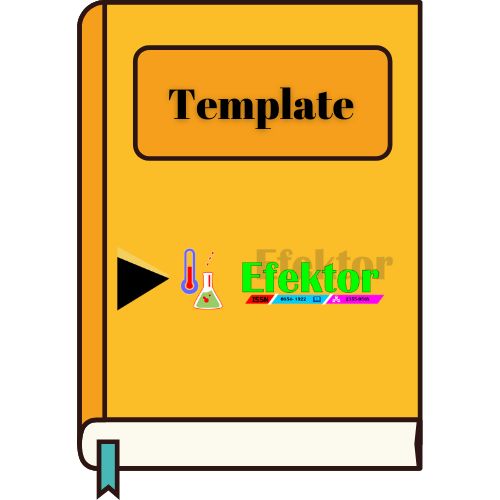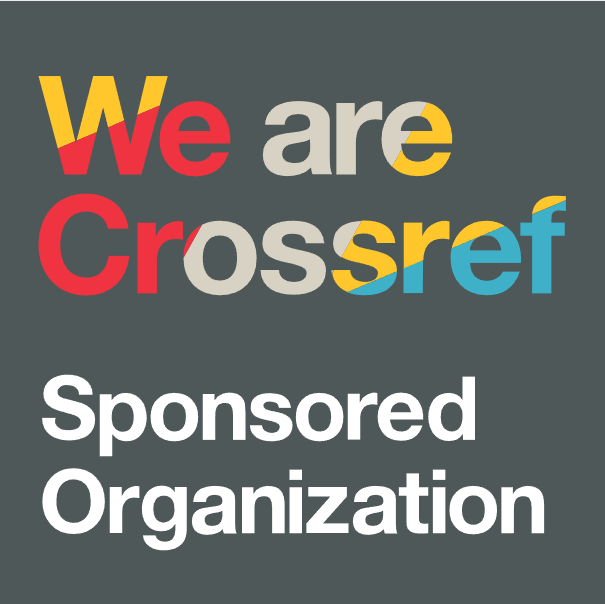Penerapan PBL Untuk Meningkatkan Pemahaman Konsep Mata Kuliah Evaluasi Pendidikan Mahasiswa 2017/2018
DOI:
https://doi.org/10.29407/e.v5i2.12306Keywords:
PBL (Problem-based learning), Concept comprehension.Abstract
This study aims to improve the understanding of the concept of Educational Evaluation through the implementation of PBL (Problem-based learning),. This type of research is a classroom action research that includes 4 steps of activities in 1 cycle of planning, action, observation and reflection. The research subjects are and lecturers in the fourth semester of academic year 2016/2017. All are given action using PBL (Problem-based learning). Data collection techniques used were interviews, observations, and tests. The results of this study indicate that the use of PBL (Problem-based learning) can improve the understanding of the concept of PJKR IKIP Budi Utomo Malang up to very good criteria in cycle III. Aspects of student concept comprehension increase from the average pre-action score of 56 to 84.
References
Budiningsih, A. (2005). Belajar dan pembelajaran. Jakarta: Rineka Cipta.
Budiningsih, A. (2004). Karakteristik siswa. Yogyakarta: Fakultas Ilmu Pendidikan Universitas Negeri Yogyakarta.
Kemmis, S., & McTaggart, R. (2000). Participatory action research. CA: Sage.
Madya, S. (2009). Teori dan praktik penelitian tindakan. Bandung: Alfabeta.
Sugiyono & Wibowo, E. 2003. Statistik untuk penelitian. Bandung: Alfabeta.
Sugiyono. (2012). Metode penelitian kombinasi (mixed methods). Bandung: Alfabeta.
Sumitro. (2004). Pengantar ilmu pendidikan. Yogyakarta: Fakultas Ilmu Pendidikan Universitas Negeri Yogyakarta.
Downloads
Published
Issue
Section
License
Authors who publish with this journal agree to the following terms:
- Copyright on any article is retained by the author(s).
- The author grants the journal, the right of first publication with the work simultaneously licensed under a Creative Commons Attribution License that allows others to share the work with an acknowledgment of the work’s authorship and initial publication in this journal.
- Authors are able to enter into separate, additional contractual arrangements for the non-exclusive distribution of the journal’s published version of the work (e.g., post it to an institutional repository or publish it in a book), with an acknowledgment of its initial publication in this journal.
- Authors are permitted and encouraged to post their work online (e.g., in institutional repositories or on their website) prior to and during the submission process, as it can lead to productive exchanges, as well as earlier and greater citation of published work.
- The article and any associated published material is distributed under the Creative Commons Attribution-ShareAlike 4.0 International License













